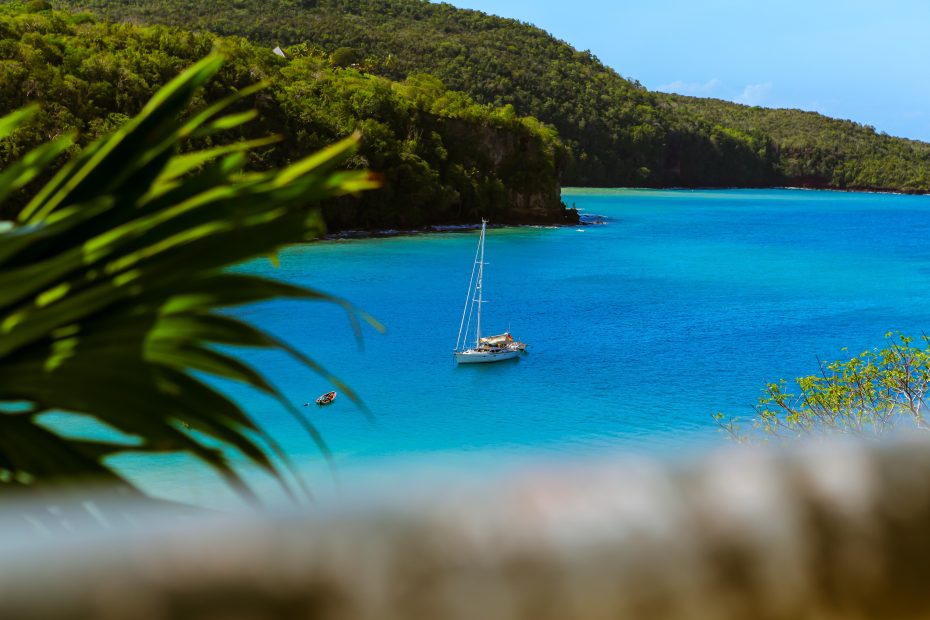Table of Contents
Introduction
Saint Lucia is a beautiful island nation located in the eastern Caribbean. Known for its pristine beaches, lush rainforests, and majestic Piton mountains, Saint Lucia has long captured the imagination of explorers, colonists, and travelers. The island has a rich and complex history, having been contested between European powers before finally gaining independence in the late 20th century. Join us as we embark on a historical journey through this mesmerizing island.
Early History
The island of Saint Lucia was first inhabited by the Arawak people. In the 15th century, European explorers began arriving on the island. Both the French and British vied for control of Saint Lucia over the next few centuries. Possession of the island switched hands frequently between the two colonial powers. This prolonged struggle was due to Saint Lucia’s strategic location and valuable natural harbor at Castries.
Slavery and Emancipation
Sugar plantations soon sprang up across Saint Lucia under colonial rule. The back-breaking labor was carried out by African slaves. Slavery was a traumatic and formative experience that shaped the island’s demography and culture. In the late 18th century, Saint Lucia was also impacted by the Brigand War between the British and formerly enslaved Africans resisting colonial power. Slavery was finally abolished in 1834. However, the abolition was gradual, and indentureship continued into the early 1900s.
Towards Independence
In the mid-20th century, Saint Lucia took major steps toward self-government. Universal adult suffrage was introduced in 1951. Saint Lucia joined the West Indies Federation and then attained full internal self-government in 1967. On February 22, 1979, Saint Lucia became an independent state within the British Commonwealth. This enabled the island to freely shape its own political and economic destiny.
Modern Saint Lucia
Today, Saint Lucia has a robust tourism industry focused on its natural beauty and hospitality. Banana production remains an important agricultural sector. Like other Caribbean nations, Saint Lucia also faces developmental challenges of poverty, inequality, and limited resources. Culturally, the island retains both French and British influences. Saint Lucian culture is also defined by musical heritage like calypso, zouk, reggae, and jazz.
Unique Attributes
Some of Saint Lucia’s most iconic features are the towering Piton mountains near Soufriere. These volcanic plugs rise dramatically from the sea. Saint Lucia also has one of the only drive-in volcanoes in the world at Sulphur Springs. The biodiversity of rainforests like the Edmund Forest Reserve showcase the island’s natural splendor. Beyond its mountains and beaches, Saint Lucia has a distinctive cultural fusion and resilient spirit forged over centuries of colonial domination and self-determination.
Conclusion
Saint Lucia’s complex history mirrors the ebbs and flows that have shaped the Caribbean. From native settlements to the Age of Exploration, plantation slavery to hard-won independence, Saint Lucia has retained its majesty and allure. The island’s breathtaking landscapes, vibrant culture, and warm hospitality endure today. Saint Lucia continues to have an outsized influence as a leading Caribbean destination and an island imbued with history.
FAQs
What were the major colonial powers that controlled Saint Lucia?
The two major colonial powers that vied for control of Saint Lucia were France and Britain. Possession of the island switched between them numerous times.
How did slavery shape Saint Lucian society?
The transatlantic slave trade brought large numbers of Africans to work on Saint Lucia’s plantations. Slavery left an indelible mark on demographics, culture, and the economy. Resistance to slavery also catalyzed political change.
When did Saint Lucia gain independence?
Saint Lucia peacefully achieved independence from Britain on February 22, 1979. This milestone came after decades of incremental steps toward self-government.
What is Saint Lucia known for today?
Today Saint Lucia is famous for its natural beauty, particularly the Piton Mountains. It is also known as a leading Caribbean tourist destination and for cultural exports like music.
What makes Saint Lucia unique?
Some of Saint Lucia’s unique attributes are its rare drive-in volcanoes, the hybrid French-British culture, and iconic landmarks like the majestic Pitons. The island’s complex history also sets it apart.
